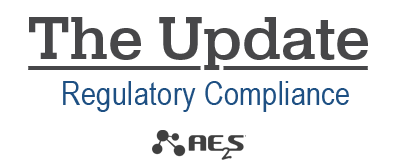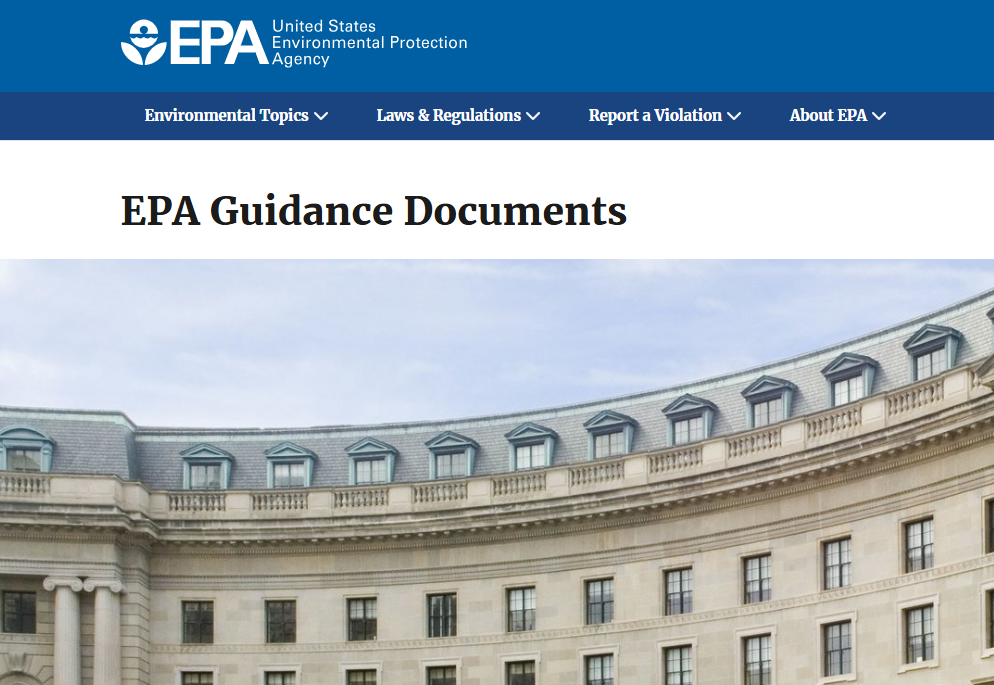Researchers at the PFAS Project Lab at Northeastern University have made an unsettling discovery – per- and polyfluoroalkyl substances (PFAS) contamination in the United States is more widespread than previously thought. Researchers at the PFAS Project Lab released updates to their Known PFAS Contamination Site Tracker and the Presumptive PFAS Contamination Dataset. The tools identify Read More
Author: Heather Syverson
Proposed Revisions to Chemical Reviews under TSCA
The U.S. Environmental Protection Agency (USEPA) released a proposed rule to revise the process for conducting risk evaluations for chemicals already in commerce under the Toxic Substances Control Act (TSCA). The proposal includes the following amendments that address changes to USEPA’s process for conducting TSCA risk evaluations: USEPA will accept comments on the proposed rule Read More
Chemicals Used in Data Center Projects Under Expedited Review
As Artificial Intelligence (AI) and data centers continue to pop up around the United States, the U.S. Environmental Protection Agency (USEPA) is prioritizing the review of new chemicals that are intended for use in data centers or for the manufacturing of covered components for the projects. The prioritization of reviews began with submissions received on Read More
Proposed PERMIT Act Would Codify WOTUS Exclusions
Congress is expected to consider the Promoting Efficient Review for Modern Infrastructure Today (PERMIT) Act in September. The PERMIT Act, H.R. 3898, aims to cut red tape, streamline review procedures, and enhance regulatory clarity under the Clean Water Act (CWA). The bill would amend section 502(7) of the Federal Water Pollution Control Act to list what the term “navigable waters” does not Read More
Ninth Set of UCMR 5 Data Released
The U.S. Environmental Protection Agency (USEPA) published its ninth set of national drinking water data collected under the fifth Unregulated Contaminant Monitoring Rule (UCMR 5). The UCMR 5 requires sample collection for 30 chemical contaminants between 2023 and 2025. The collected data helps measure the amount of 29 per- and polyfluoroalkyl substances (PFAS) and lithium in Read More
USEPA Comprehensive Guidance Document Website Relaunched
The U.S. Environmental Protection Agency (USEPA) relaunched a streamlined website for accessing important guidance documents related to water protection, hazardous waste management, and air quality. The Comprehensive Guidance Document Website serves as a resource for all guidance documents managed across USEPA’s environmental programs. It is designed to be a one-stop shop to help users easily Read More






